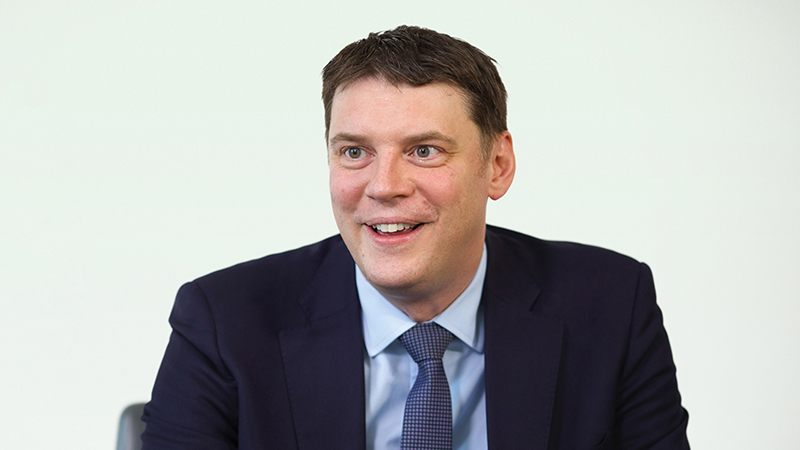According to a report by Willis Towers Watson, produced in conjunction with US-based financial publication Pensions & Investments, assets run by the 500 largest fund managers dropped by 1.7% to $76.7trn (£63trn) at the end of 2015, compared to $78.1trn the year before.
By region, US fund groups dipped by 1.1% over the period to $44trn, while groups based in Europe – including the UK – saw their assets under management (AUM) shrink by 3.3% to $25.1trn. Those based solely in the UK saw a 2% drop, to $6.6trn.
While actively run assets fell by 2.8% in 2015, passive assets declined at a faster rate, dropping by 5.5% during the year.
Luba Nikulina, global head of manager research at Willis Towers Watson, said: “The decline in global assets demonstrates the impact of the challenging investment landscape and currency fluctuations on asset managers across the globe.”
She said while in 2014 the report revealed a slowdown in growth, yet total AUM still grew by 2%, in 2015 the trends reversed.
She added: “The economic slowdown has impacted investment performance. At the same time, asset owners are rethinking their business models by internalising asset management capabilities at the larger end of the spectrum and consolidating at the smaller and mid-size end, which also has an impact on capital flows to the industry. This trend will continue to put pressure on revenues and require asset managers to further adapt to this challenging and continuously changing environment.”
In terms of asset classes, while traditional equity and fixed income still comprise the bulk of all assets, making up 45.4% and 32.8% respectively, both declined in 2015, by 7.1%.
Alternatives, however, saw a significant increase in AUM, growing by 25.1% over the year.
Nikulina said: “The increase in alternative assets shows that in an environment of low returns and increased uncertainty, investors are under pressure to identify other means of achieving more diversity and higher returns.
“This shift in strategy is both welcome and essential if the investment industry is to adapt to meet its current and future challenges. However the world of alternatives is much more complex than traditional bonds and equities so investors will need to focus on skill, holistic risk management and best in class implementation.”










